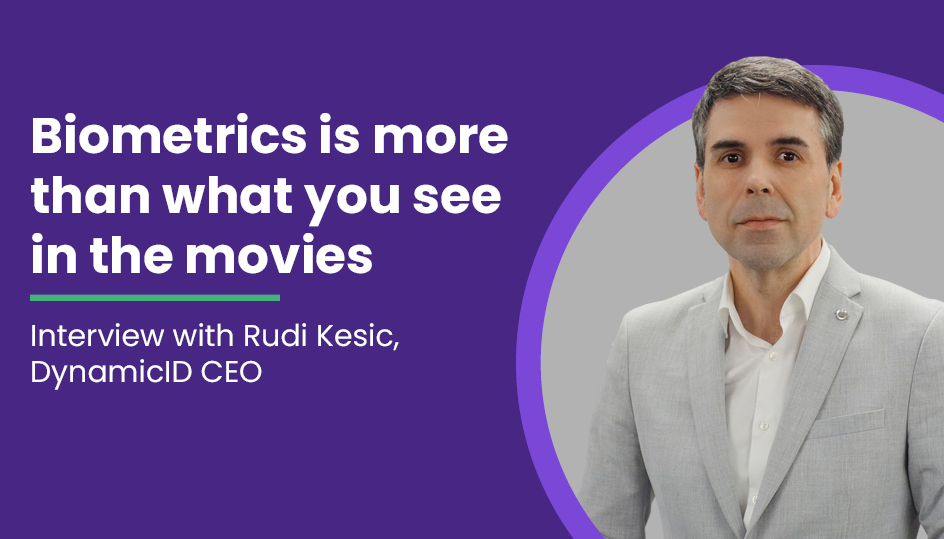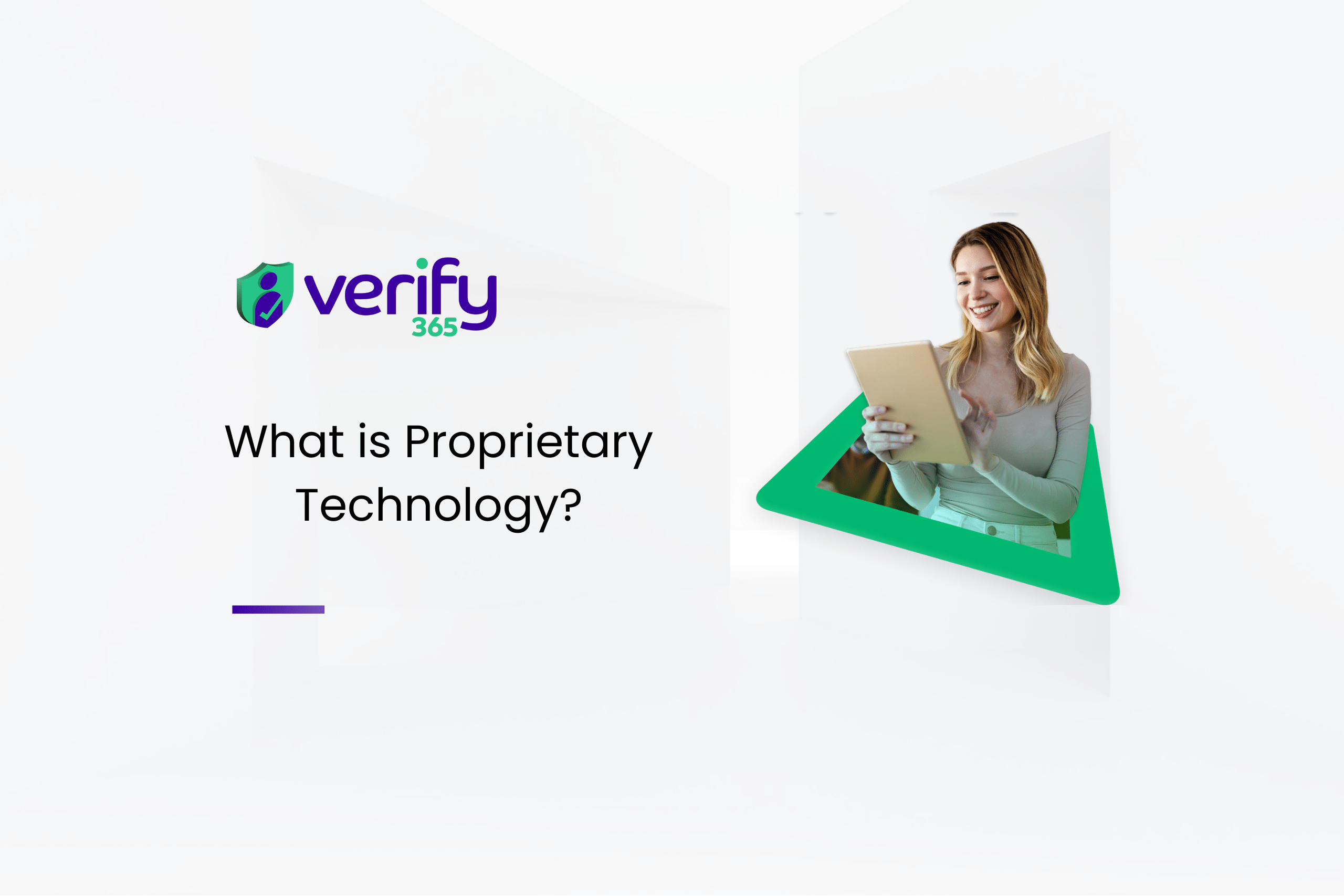Introduction
Biometrics extends far beyond its portrayal in movies, encompassing various modalities such as fingerprints and iris scans. Biometrics can be used in different ways. We call them different “modalities” referring to things like fingerprints or iris scans. The movies will often talk about retinal scans. That’s incorrect – the retina is in the back of your eye. The iris, the coloured part around the pupil, is what’s scanned. The movies also brought us the idea that coloured contacts can spoof these scanners, but that’s not the case anymore and it is very hard to trick the advanced technologies that are used nowadays. And that’s important because biometrics are increasingly used as part of a mosaic of user authentication tools. We think about things like your password telling us what you know, a token telling us what you have in your possession to authenticate yourself, and then biometrics telling us who you are. Taken together, all three of those things contribute to security in a meaningful way.
Interview with Rudi Kesic
David Shindler (DS): Ladies and gentlemen, welcome to this captivating and thought-provoking interview with a true visionary in the realm of biometric identity verification. Today, I have the privilege of speaking with Rudi Kesic, the esteemed CEO of DynamicID, an integral part of the ground-breaking Lawtech 365 Group. Rudi is a true technology futurist and a global expert in the field of identity verification, biometrics, data privacy, and client onboarding, making him the ideal voice to shed light on the ever-evolving landscape of technology and security.
DS: Rudi, it’s an absolute pleasure to have you with us today. Let’s dive right into our discussion on biometrics, a subject that has garnered both excitement and controversy. As we progress towards a more secure and seamless future, how do you envision the role of biometric identity verification in transforming the way we conduct business and safeguard our sensitive data?
Rudi Kesic (RK): Thank you, David. Biometrics indeed presents an exciting future for businesses and individuals alike. With its ability to uniquely identify individuals based on physiological and behavioural characteristics, biometric identity verification holds the key to enhancing security and mitigating fraud risks in various sectors, from finance to healthcare.
The future lies in creating a frictionless user experience while ensuring robust security measures. Biometrics can revolutionise the way we access services, making it more convenient and secure for clients to authenticate their identities. Moreover, its applications in multi-factor authentication can add an extra layer of protection, reducing the reliance on vulnerable passwords.
However, with great power comes great responsibility. As the adoption of biometrics increases, we must address concerns about data privacy and security. At DynamicID, we prioritise transparency and compliance with data protection regulations. We empower users with control over their biometric data, ensuring it is used responsibly and only for its intended purpose.
DS: As biometric technologies advance, the collection and storage of biometric data become paramount. How do you address the ethical and privacy concerns surrounding the storage and usage of such sensitive information?
RK: Excellent question, David. Ethical considerations and data privacy are at the core of everything we do at DynamicID. We believe in adopting a privacy-by-design approach to build trust with our clients and end-users. Our systems are designed to anonymise and encrypt biometric data, ensuring it is stored securely and accessed only with explicit user consent.
Moreover, we abide by international data protection standards, such as GDPR and CCPA, to safeguard personal data. We subject our protocols to rigorous audits and regularly engage with independent security experts to identify and address potential vulnerabilities. We firmly believe that user confidence can only be earned through transparent and responsible practices.
DS: Let’s delve into another crucial aspect: client onboarding. As industries strive for faster and more efficient processes, how can biometric identity verification streamline client onboarding while ensuring compliance with stringent regulations?
RK: Indeed, client onboarding is a pivotal phase for any business. The combination of biometric identity verification and cutting-edge artificial intelligence can revolutionise this process. By utilising biometrics, businesses can expedite onboarding, reduce manual errors, and enhance the overall customer experience.
With real-time biometric verification, we can instantly confirm the identity of clients, eliminating the need for time-consuming document submissions. This not only saves time but also reduces the risk of fraudulent activities. However, we must strike a balance between efficiency and compliance with regulatory frameworks.
Our systems are designed to adapt to regional compliance requirements, ensuring businesses can onboard clients seamlessly, irrespective of geographical boundaries. The future of client onboarding lies in harnessing the power of biometrics responsibly to facilitate secure and smooth transactions while safeguarding customer data.
DS: Rudi, as a global expert in legal technology and biometrics, you have witnessed its evolution first-hand. Can you share with us some of the most significant milestones in the field of biometric identity verification and how they have shaped the current landscape?
RK: The journey of biometrics has been truly remarkable. One of the significant milestones was the advent of fingerprint recognition in the late 19th century. This laid the foundation for biometric identity verification and set the stage for further developments. Fast forward to the 21st century, and we witnessed the emergence of more sophisticated modalities like iris and facial recognition, revolutionising how we authenticate individuals. These advancements, combined with robust AI algorithms, have made biometric verification faster, more accurate, and versatile, allowing us to apply it across a wide range of industries, from banking to healthcare.
DS: With the ever-increasing adoption of biometrics in various industries, concerns about data privacy and potential misuse have arisen. How does DynamicID address these concerns and maintain a strong ethical foundation in the deployment of biometric technologies?
RK: Data privacy and ethics are paramount in our approach at DynamicID. We are committed to the responsible and transparent use of biometric data. Our systems adhere to stringent data protection regulations, ensuring that biometric information is encrypted, anonymised, and stored securely. We obtain explicit consent from users, and we never share or sell their data to third parties. Additionally, we undergo regular security audits and collaborate with independent experts to continuously fortify our protocols, assuring our clients that their sensitive data is in safe hands.
DS: Biometric authentication offers convenience and enhanced security, but there have been cases of attempts to deceive these systems through spoofing or deepfakes. How does DynamicID stay ahead of these challenges and ensure the integrity and accuracy of its biometric verification processes?
RK: Ensuring the integrity of our biometric verification processes is of utmost importance. At DynamicID, we employ cutting-edge anti-spoofing and liveness detection technologies. These mechanisms actively counter attempts to deceive the system with fake or altered biometric data. Our solutions are designed to analyse not just static biometric traits but also dynamic characteristics like blinking or head movement. This multi-layered approach makes it exceedingly challenging for potential spoofing techniques or deepfake attacks to bypass our security measures.
DS: As the CEO of a leading biometric identity verification company, you undoubtedly interact with clients from diverse sectors. Can you share some success stories where DynamicID’s solutions have significantly transformed the client onboarding process and positively impacted their businesses?
RK: We have witnessed transformative success stories across diverse sectors. For instance, in the financial industry, our biometric solutions have expedited customer onboarding, reducing the time and effort required for account creation while enhancing security. Law firms have also benefited from seamless client identification, streamlining access to legal services and integrations with case management systems. Moreover, in the travel and hospitality sector, our biometric systems have facilitated frictionless and secure check-in processes, enhancing the overall travel experience for passengers.
DS: Looking ahead to the future, what emerging trends and advancements do you foresee in biometric technologies? How will these innovations shape the landscape of security and client authentication in the years to come?
RK: The future of biometric technologies is incredibly promising. We anticipate further refinement and expansion of existing modalities, unlocking more secure and convenient ways to authenticate individuals. Additionally, we foresee advancements in behavioural biometrics, incorporating factors like gait and typing patterns into the verification process. The integration of biometrics with wearable devices and mobile applications will enable even more seamless and user-friendly experiences. As we venture into this future, DynamicID will continue to be at the forefront, driving innovation and ensuring that biometrics evolves responsibly to meet the ever-changing security needs of our dynamic world.
By exploring these topics and delving into the future of biometrics, we aim to empower professionals and industries with the knowledge needed to embrace this transformative technology securely and confidently.
DS: As a visionary in this field, what breakthroughs do you foresee in the next decade regarding biometric technologies and their broader impact on society?
RK: As I said, the future of biometric technologies is incredibly promising, David. Over the next decade, we can expect significant advancements in accuracy, scalability, and integration capabilities. Biometrics will no longer be limited to facial recognition and fingerprint scans; we will witness the emergence of more sophisticated modalities, such as iris and voice recognition.
These technologies will find applications beyond security, revolutionising the legal sector, banking, healthcare, education, and even humanitarian aid. Biometrics can play a crucial role in providing access to essential services and improving lives globally.
However, along with these exciting advancements, we must remain vigilant about potential challenges. Ethical considerations will remain paramount, as the responsible use of biometric data will be crucial in shaping a sustainable and secure future. Collaboration between governments, technology providers, and privacy advocates will be key to striking the right balance and harnessing the full potential of biometrics for the greater good.
DS: Rudi, your visionary perspective on the future of biometrics is awe-inspiring. Thank you for sharing your expertise with us today. It has been an enlightening and powerful conversation.
RK: Thank you, David. It was my pleasure to be part of this insightful discussion. I believe that by embracing technology responsibly and staying committed to ethical practices, we can shape a future where biometrics and data privacy coexist harmoniously, empowering individuals and businesses worldwide.
[End of Interview]






